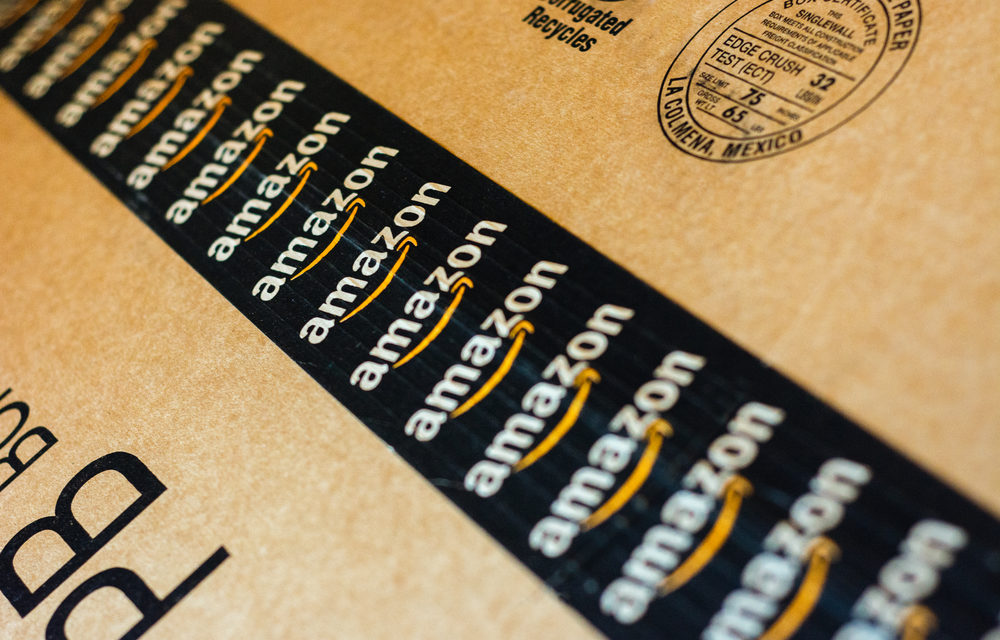Just how dominant has Amazon’s Prime membership service become?
New data from Kantar Consulting estimates that an impressive 45% of households in the US are willing to fork over membership fees to Amazon in exchange for the promise of free two-day shipping on eligible items, along with ancillary benefits like access to Amazon’s library of streamable content. That’s a figure Kantar said is equal to about 56.9 million homes.
While the cost of Prime membership—$99 per year for nonstudents and $12.99 per month—certainly adds to Amazon’s bottom line, the company also sees a bump from Prime members in other significant ways.

According to a report from Consumer Intelligence Research Partners (CIRP) released in October 2017, Amazon Prime members spent an average of almost $1,300 per year on the platform, compared with $700 for nonsubscribers.
eMarketer’s Snapshot of infographics illustrates our US estimates on mobile usage and ad spending activities from in-app ads, to mobile ad formats and more. Compliments of Oath, eMarketer’s industry-leading research will help marketers recognize the opportunities within the 2018 mobile landscape.
Amazon experiences other benefits from Prime membership as well. October 2017 research from Feedvisor found that Amazon Prime members are more frequent visitors to the service, and also make purchases more often.
For example, 31% of Prime members visited Amazon on a daily basis, compared with 11% of other shoppers, according to Feedvisor. In addition, the firm found that 24% of Prime subscribers made a purchase on Amazon at least twice per week, while just 4% of non-Prime shoppers did the same.

Amazon Prime members also appear to be more apt to adopt browsing behaviors on the platform. Feedvisor found about half of Prime users went to Amazon to browse for new deals and daily discounts, a behavior exhibited by just one-third of other shoppers.
by Rahul Chadha

